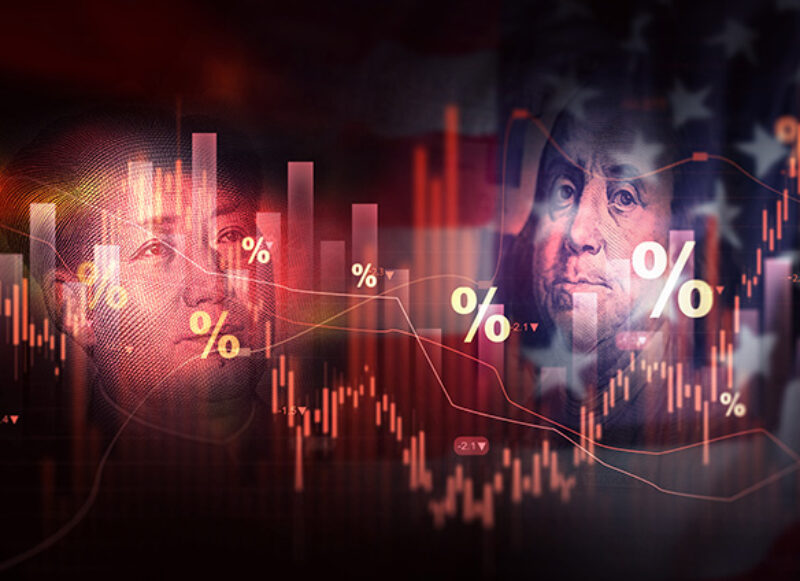Case Study: Calculating U.S. Tariffs on Imported Equipment with Key Components of Chinese Origin
May 19, 2025
May 19, 2025

by Owen George, Georges Neuenschwander, Qing Zhang, and Ginny Vaca, SBTDC International Business Counselors
The U.S.-China tariff landscape remains fluid and subject to sudden policy shifts. Tariff rates applied to imported goods are determined based on the effective rate at the time the shipment clears U.S. customs.
Several challenges arise when attempting to calculate the applicable tariff for imported equipment that contains key components of Chinese origin, primarily due to the volatility of trade policies. Any cost estimation is subject to rapid and unpredictable changes, making accurate forecasting difficult.
It is equally complex to conduct a comparative cost analysis with a foreign supplier to evaluate the duty impact of Chinese-origin components. The reliability of such an analysis depends heavily on the supplier’s ability—and willingness—to provide an accurate breakdown of component values (in U.S. dollars) at a specific point in time.
Not all foreign suppliers possess an equal level of transparency or technical expertise. Some may generate estimated values that lack substantiation, and in extreme cases, may even fabricate figures to appear compliant. Because the valuation process is self-certified and reliant on numerous variables, inconsistencies between suppliers are likely. In practice, these inconsistencies result in a playing field that is often uneven, with some suppliers being more precise—or more honest—than others.
Furthermore, in the absence of clear transparencies, the U.S. Customs Bureau may make their own calculation on the value of the Chinese components in a product.
As a result, for U.S. importers, navigating this process can resemble a “mission impossible.” The uncertainty surrounding tariff rates, combined with inconsistent supplier data, introduces significant risk into procurement decisions.
Given the current and unpredictable nature of U.S. tariffs on Chinese-origin components, companies should carefully evaluate the timing and necessity of importing such equipment. In many cases, it may be prudent to delay purchases or explore alternative sourcing options until greater regulatory stability returns.
Although this case study is specifically focused on imported products containing Chinese-origin components, challenges may also apply for products imported from many other countries.
For assistance navigating the changing tides of international trade, reach out to your SBTDC counselor or fill out the “Request for Counseling” form to get in touch with the international business team.
